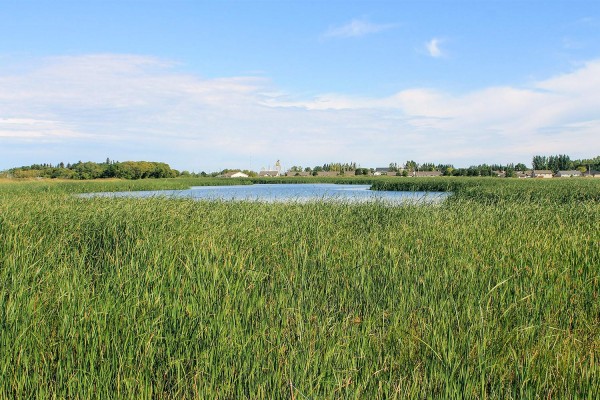The objectives of retaining this water were to prevent flooding by capturing and storing runoff, invest in risk reduction to municipal infrastructure due to land runoff, and clean water through natural processes by removing sediments and excess nutrients.
Implementation strategies were developed that provided an assessment of the potential for the proposed area to meet the client’s objectives. Deliverables provided by NPS included a preliminary design and recommendations for the physical and engineering requirements to meet water storage goals and the establishment of wetland habitat. The Hibbitt Water Storage Project utilized a desktop planning and analysis of available information that included the following key steps:
- Detailed consultation with client to clearly define project objectives, timelines, municipal and provincial requirements, site characteristics/restrictions, site hydrology, and information gaps.
- Preliminary review and evaluation of water retention objectives and wetland revegetation options.
- Expert appraisal, site investigation, and evaluation of the entire site drainage area.
- Analysis of hydrology, water regime, and potential staged discharge rating curves and flow rates, as well as review of upland topography, soils, existing vegetation dynamics, water chemistry, and future flooding scenarios.
- Determination of conceptual earthworks necessary to complete the transition from a dry land system to a seasonal water storage area and a review of the potential for this site to support a wetland system.
- Completion of a final report containing general feasibility and benefits of the proposed project, high-level construction strategies required for each approach, high-level cost estimates, scale of effort required for each proposed approach, risks and assumptions, foundation for cost estimates, and identification of appropriate timelines for completion of work


